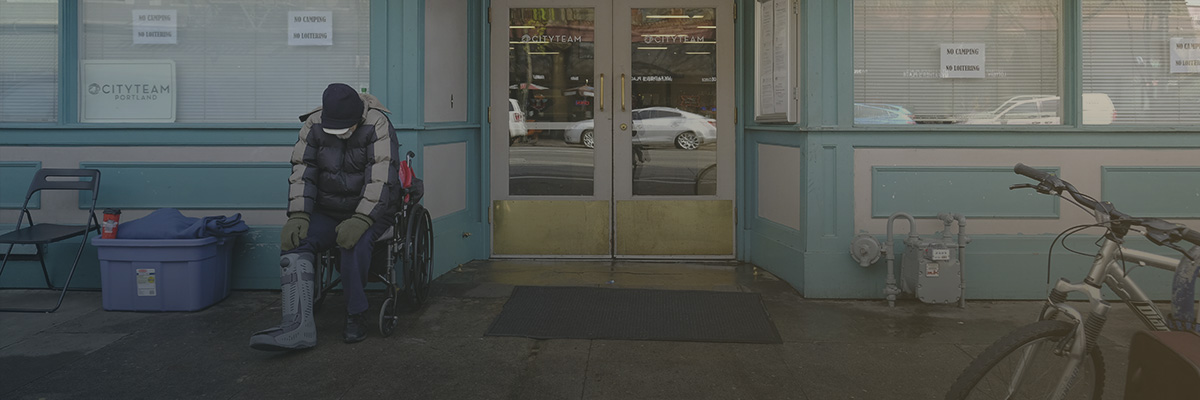Homelessness ticked up slightly in 2018. A 0.3 percent increase in HUD’s Point-in-Time (PIT) count was the headline from December’s Annual Homeless Assessment Report (AHAR). However, there were five other important takeaways from the release.
1. Progress Is Happening, Especially Within Key Populations
Communities across the country have successfully reduced homelessness. Over the last eight years, overall homelessness decreased by 13 percent. During that same period, great progress occurred among targeted demographic groups:
- Families with Children (↓29 percent)
- Veterans (↓49 percent)
- Chronically Homeless Individuals (↓16 percent)
This year marked a continuation of the trend for families and veterans. However, there was a 2.2 percent uptick among chronically homeless individuals.
2. Individuals Are Mission Critical
Ending homelessness will require a focus on individuals (not living in families with children). Two out of three people experiencing homelessness belong to the group. The 2018 PIT Count identified 372,417 individuals experiencing homelessness. Nearly half were living unsheltered.
3. Housing Affordability Is a Major Culprit
Housing affordability is the major driver of homelessness. Far too many people spend far too much of their income on rent. Experts label them as “cost-burdened.” According to researchers, areas with growing numbers of cost-burdened households can expect increases in homelessness. These places are often (but not always) cities.
The 2018 AHAR found that most people (51 percent) experiencing homelessness are in the nation’s 50 major cities. A quick look at various data points related to the Los Angeles area illustrates the challenges facing urban areas:
- 88 percent of renter households in L.A. cannot afford a median priced home (spending < 30 percent of income)
- 49,955 people were experiencing homelessness in L.A. during the 2018 PIT count
- 4,227 additional people, according to predictions, will experience homelessness if the share of income residents spend on rent increases by just 2 percentage points
4. Where Housing Prices are Lower, We See Progress
Progress is happening in states and communities with low to moderate housing prices. Notable examples are easily found in the American South. Over the last eight years, some have realized dramatic decreases in overall homelessness, including:
- West Virgina (↓45 percent)
- Louisiana (↓76 percent)
- Mississippi (↓51 percent)
- Georgia (↓52 percent)
- Florida (↓46 percent)
5. Housing Prices Aren’t Everything
This story isn’t solely defined by housing prices. Many states and communities are clearly putting in the work to end homelessness. Georgia is just one example.
The Alliance’s Center for Capacity Building was on the ground in Georgia with service providers from across the state when they made a commitment to house more people. The Rapid Re-Housing Learning Collaborative that the Alliance led helped facilitate partnerships while providing trainings and technical assistance.
The network of providers was steadfast in pursuing its goal. It employed best practices, tailored services to individual clients, built a network of landlords for rapid rehousing placements, built partnerships with city leaders, improved their system of referrals, and effectively used data to inform their efforts.
Their work contributed to Georgia making the list of states with the largest decreases in homelessness.
In the coming weeks, the Alliance will share more insights from the AHAR, and we look forward to sharing them with you!

